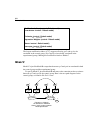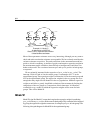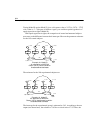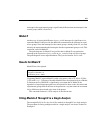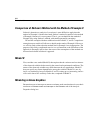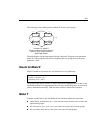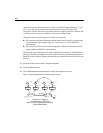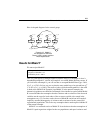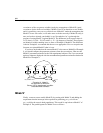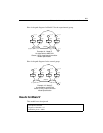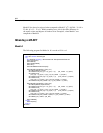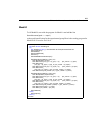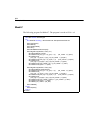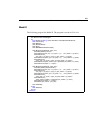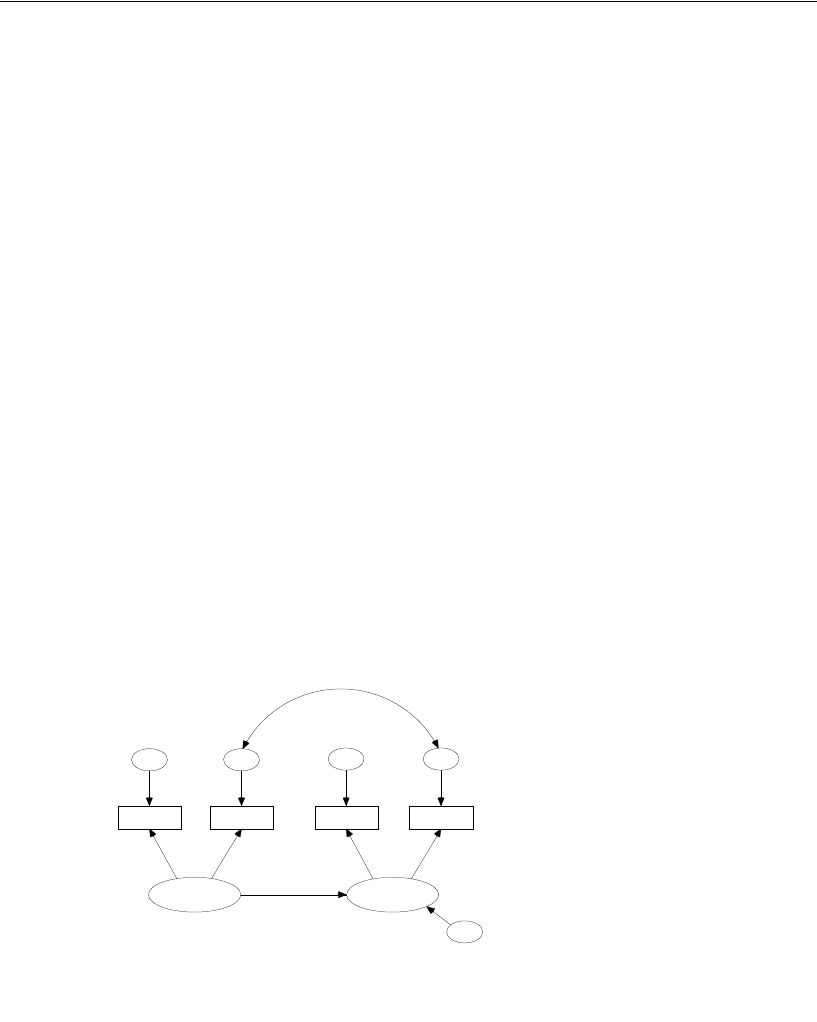
258
Example 16
Apart from the correlation between eps2 and eps4, Model D required that eps1, eps2,
eps3, eps4, and zeta be uncorrelated among themselves and with every other
exogenous variable. These new constraints amount to requiring that the variances and
covariances of all exogenous variables be the same for both groups.
Altogether, the new model imposes two kinds of constraints:
All regression weights and intercepts are the same for both groups, except possibly
for the intercept used in predicting post_verbal from pre_verbal (Model D
requirements).
The variances and covariances of the exogenous variables are the same for both
groups (additional Model Y requirements).
These are the same assumptions we made in Model B of Example 9. The difference
this time is that the assumptions are made explicit and can be tested. Path diagrams for
Model Y are shown below. Means and intercepts are estimated in this model, so be sure
that you:
E From the menus, choose View > Analysis Properties.
E Click the Estimation tab.
E Select Estimate means and intercepts (a check mark appears next to it).
Here is the path diagram for the experimental group:
r
e_diff, v_v1
pre_verbal
a_syn1
pre_syn
0, v_e1
eps1
1
1
a_opp1
pre_opp
0, v_e2
eps2
opp_v1
1
effect
post_verbal
a_syn2
post_syn
0, v_e3
eps3
a_opp2
post_opp
0, v_e4
eps4
1
1
opp_v2
1
pre2post
0, v_z
zeta
1
Example 16: Model Y
An alternative to ANCOVA
Olsson (1973): experimental condition.
Model S
p
ecification
c_e2e4



